The capital of the Salto department of the same name is the second largest city in the country. The name of the city comes from the numerous waterfalls of the Uruguay River in front of its banks, which give the city a dazzling appearance. Resorts within a few minutes, intense cultural life, historical monuments, and shopping streets are among the main attractions of the city of Salto, which make it one of the main tourist centers in the north of Uruguay.
History
In 1750, the first official documents mentioning the city appeared, but its growth occurred in the middle of the nineteenth century when it was already recognized as one of the most important centers of the country. According to archaeological documents, indigenous peoples characterized by a primitive level of civilization existed on the territory of modern Salto about 10,000 years ago. Salto is also a major wool producer, the main center of hydroelectric power production in the country, and the birthplace of many artists, such as the writer Horacio Quiroga and the poet Marosa di Giorgio.
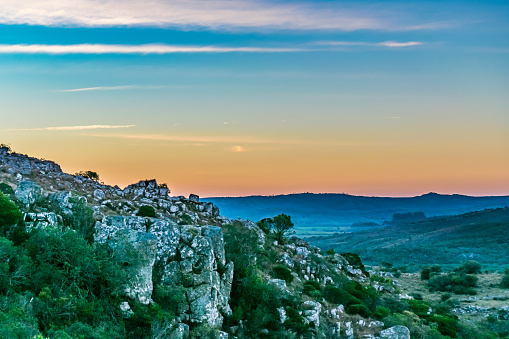
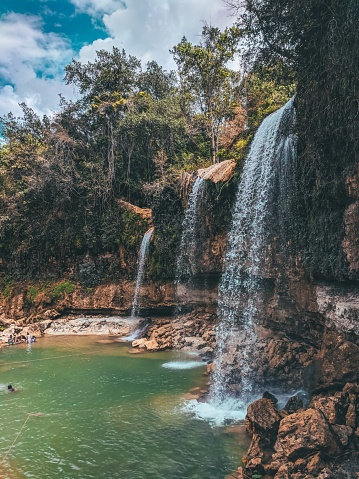
Cathedral of San Giovanni Battista
It is the cathedral of the Catholic Church of the Diocese of Salto. Its construction began at the end of the 19th century and was completed in several stages in the 20th century. The temple of special harmony, with the predominance of the Baroque style, contains several works of art by domestic and foreign painters and sculptors. This basilica, which is located opposite Artigas Square, was built in 1889 by the Salesian Ernesto Vespignani. One of the most important restorations was carried out in 1940.
Church of Nostra Signora del Carmine
The current building began to be built in 1852. For its social, historical, cultural, and architectural values, it was declared a National Historical Monument. Inside you can admire the statue of the Virgin and several bells that General Rivera brought to Salto in 1830. Several paintings are attesting to missionary activity in the area.
Garibaldi Monument
One of the most interesting and historically important sights is this monument, built by the Italian Giovanni Veltroni near the battlefield of Sant’Antonio. Inside are the remains of the fallen. It was officially opened in 1934 during a ceremony also attended by Crown Prince Umberto II of Savoy.
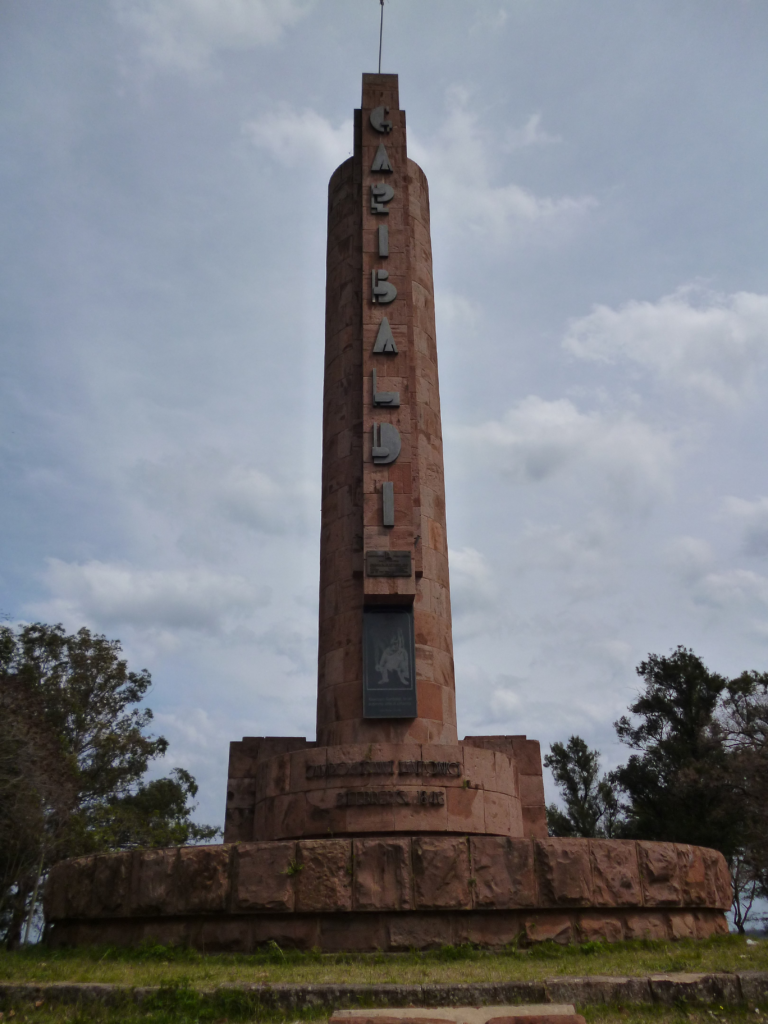
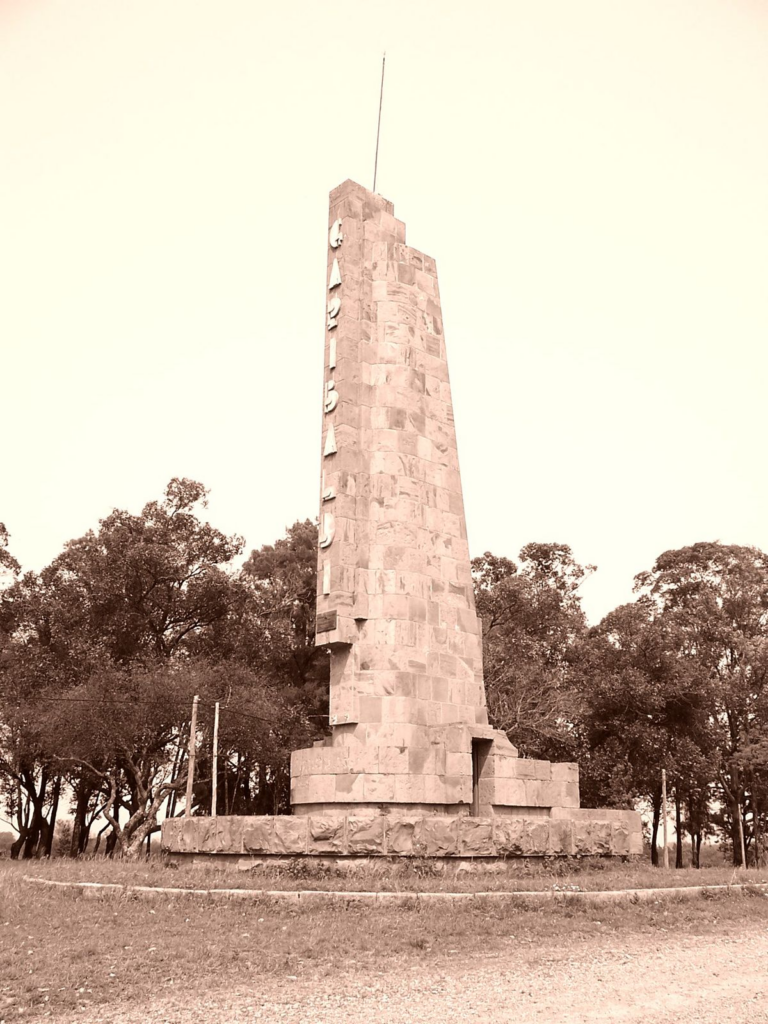
The Door of Wisdom (seagull)
It is a monument that pays tribute to engineer Eladio Fiesta, a professional who built several industrial warehouses, a hotel, and a bus station in Salto. “Puerta de la sabiduria” is located at the intersection of national roads 3 and 31 with Via Pascual Harriage, named after the man who brought the cultivation of the vine to Uruguay. The door was created thanks to the transfer of a building built for a trading post.
Casa Quiroga Museum
This museum is run by the Municipality of Salto and is a social, artistic, and exhibition space located in the former country house of the Quiroga family (19th-century building). Here you can see photos and personal belongings of the writer Horacio Quiroga, as well as a funeral urn with his ashes. In addition, there is a room dedicated to the famous poet Salta Marosa Di Giorgio.
Larranaga Theater
It is an artistic landmark of the country. Its construction was financed by shares sold to the residents of Salta. Opened in 1882, it was declared a national historic monument. The main hall accommodates 850 people and is considered one of the best acoustics in the world. The ceiling, walls, and curtains were amazing with exquisite decor. The theater has a museum where you can admire the furniture, costumes, and posters of old performances. Today it is managed by the municipality.
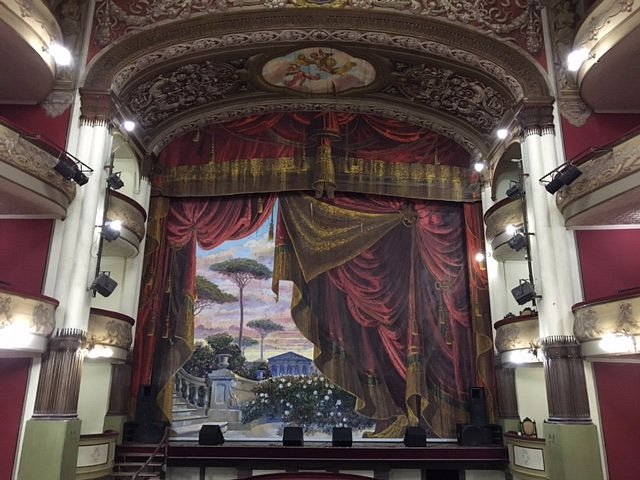
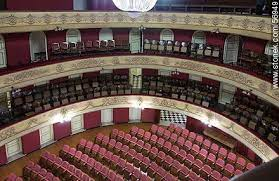
Stadium Park Julio Pozzi
This stadium is mainly used for football matches of the local club: It holds 6,000 people and is named after the iconic captain Julio Pozzi, who played here between 1918 and 1925. It is part of a sports complex that includes three football fields.
Other places to visit in Uruguay
The cultural richness and beauty of the beaches of Punta del Este, the design and the irresistible charm of Casapueblo in Punta Ballena, where you can admire the houses of Carlos Paez Vilaro built on a rock: there are many places that you can not miss that you can discover in Uruguay. Get to know the capital of Montevideo: from the charming old town to the relaxing promenade. One of the most important symbols is the Palacio Legislativo, one of the most charming buildings in the world, the seat of the Parliament of Uruguay.
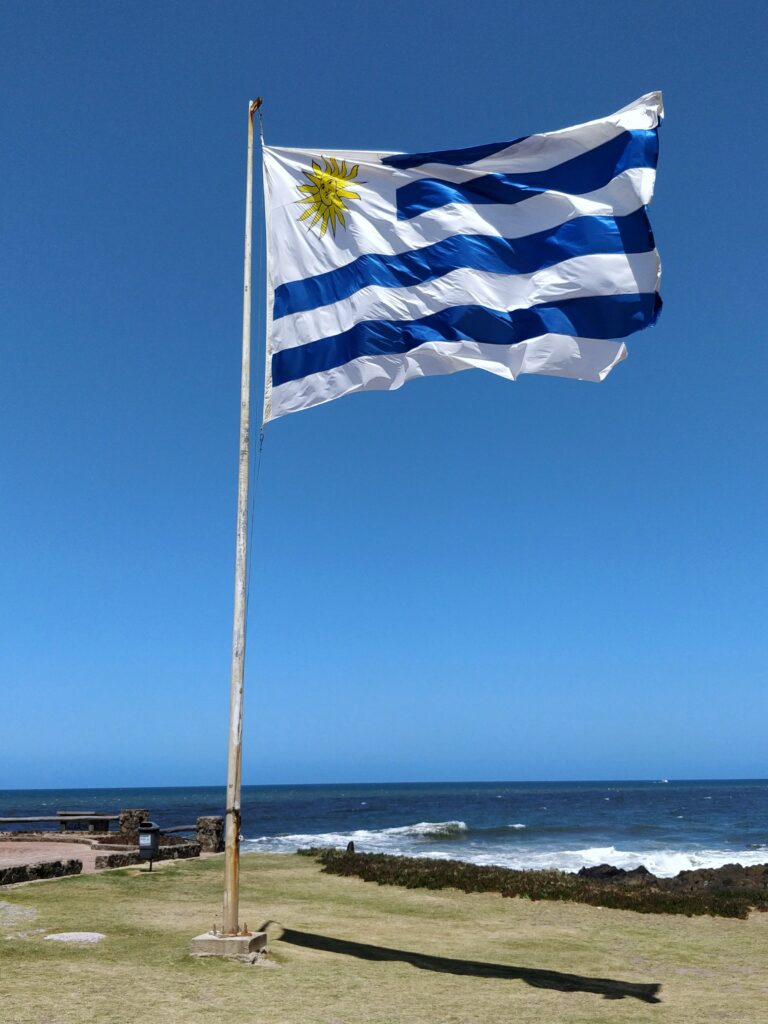
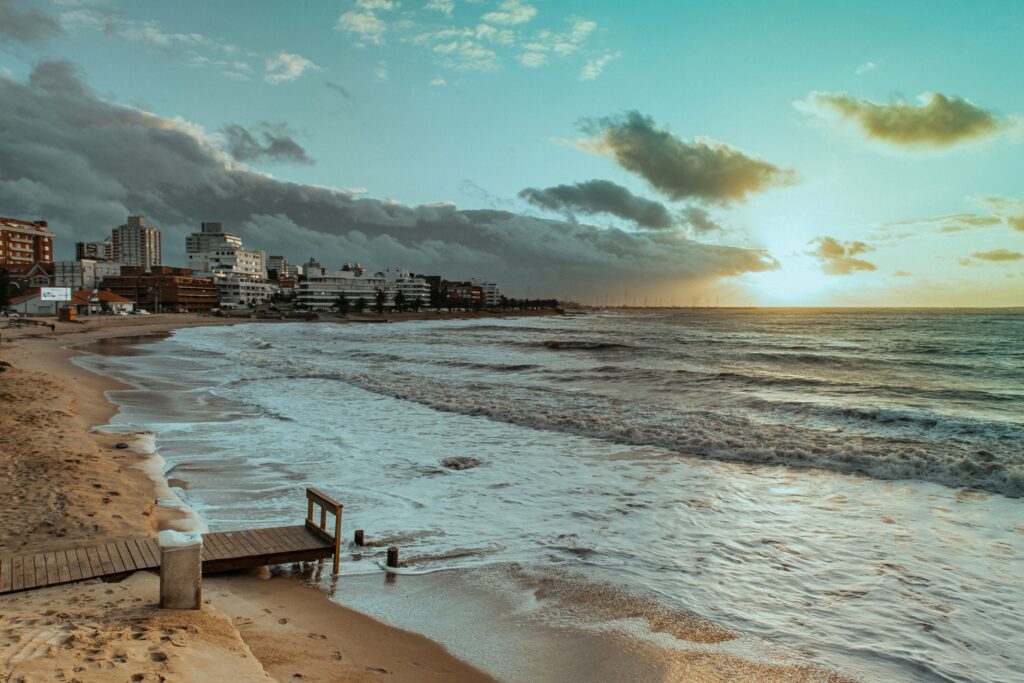
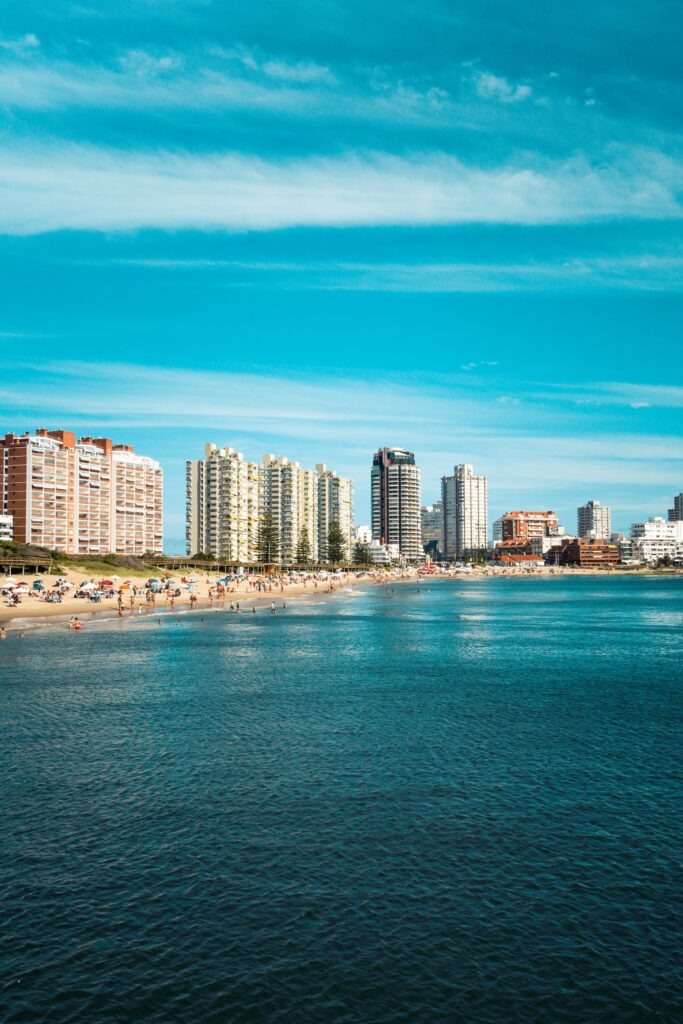
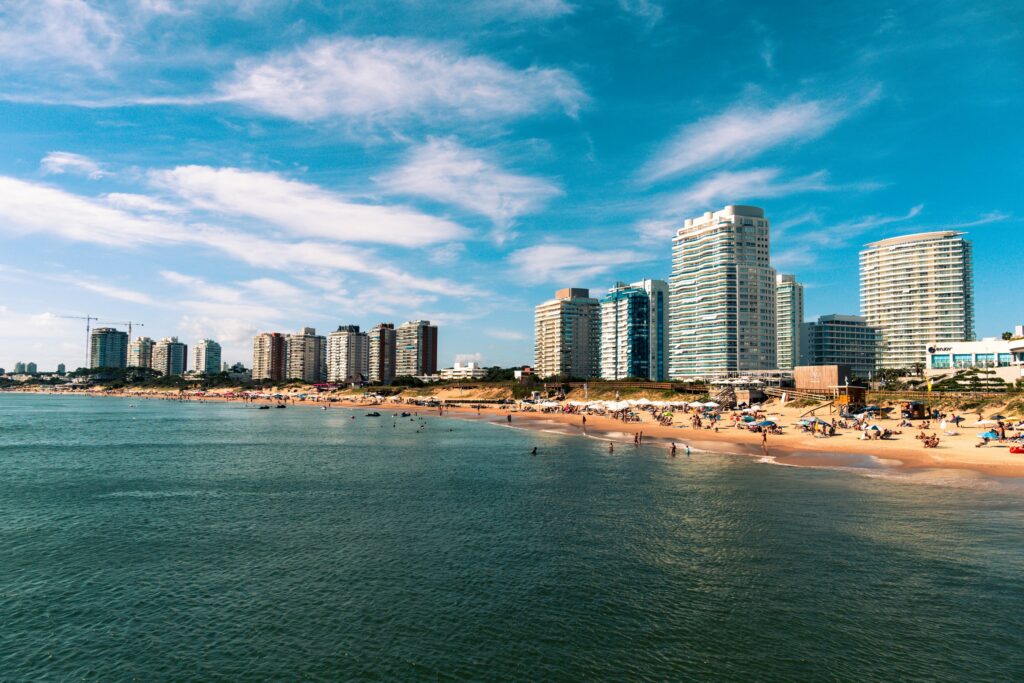












I was in Salto for a business trip, stayed at Hotel Horacio Quiroga. I went there mid-March and the weather was perfect. The highlight of the trip was The Salto Grande hot springs, my very first encounter with a hot spring. Quaint city with good food, they have a lot of vegetarian options.
You could also add the two Unesco heritage sites, Colonia del Sacramento old city and the Anglo in Fray Bentos. For me it was only a day trip but I would love to spend more days there.